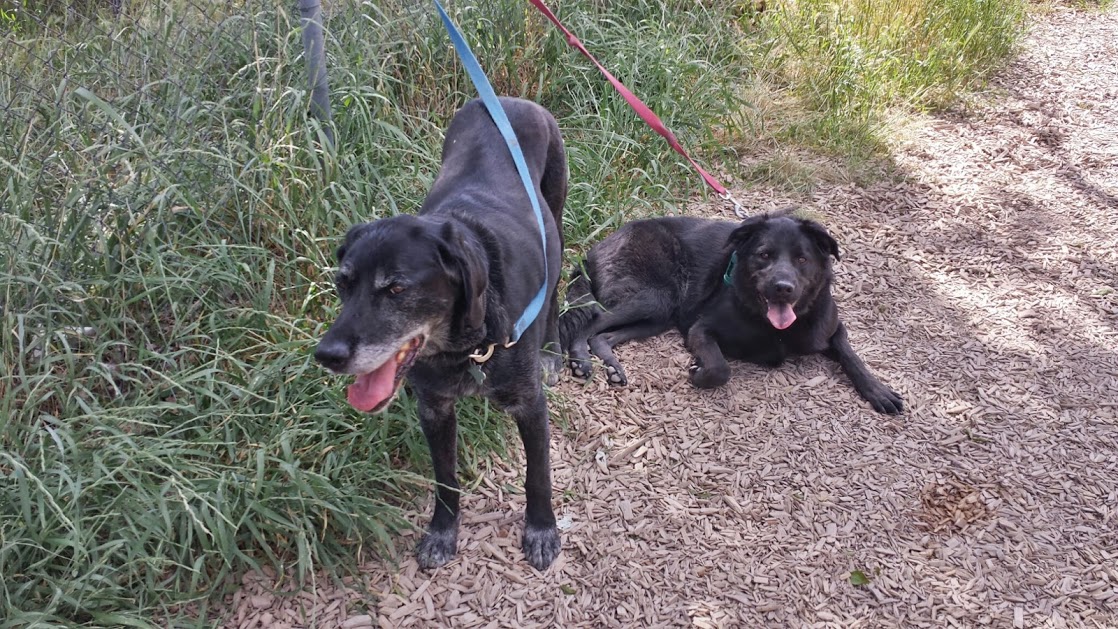Any semi-serious runner will tell you that trail running is different from road running. Some will swear that one is better than the other for a whole myriad of reasons. And, most likely, the runner in question will feel passionately about this. Truth is—like most things in life—there are pros and cons to both. And those issues are especially salient when you’re running with a spinal fusion.

Pros of trail running:
beautiful scenes, freedom, you get dirty (see picture below), no car exhaust, fewer people (and when you do see people, they’re friendly), wildlife viewings
Cons of trail running:
rocks, lots of hills (usually), rocks (did I say that already?), jarring random holes in the ground, lots of branches to trip over

How to Trail Run with a Spinal Fusion:
- Find good shoes. They need to have enough tread that you can get a safe grip on the ground, yet be light enough that you can run safely without dragging your feet. I use my Nike Frees and my Saucony Ridge TRs.
- Take small steps, especially downhill. This helps a lot, but you have to think about it. When you over-stride, it’s easy to jam your back or tweak your knee.
- Use your core the WHOLE time. Think about good form. Keeping a strong core protects your back from the random jukes and jives of trail running.
- Be mindful as you run. It’s beautiful out there. Pay attention to that. Breathe it in. Feel the earth beneath your feet. Feel how it moves through your body.
- Have some idea of where you’re going and what it takes to get out. If you run into something unexpected, like a GIANT hill, remember that you’ll have to eventually go down that hill too. Is your body up to it? Maybe you should walk that hill?
- Take the time to recover. You use different muscles and get tweaked in different ways on a trail. Rest and ice are just as important as the run itself. Plus, when you have a fusion, you’re limited in how many trail runs you get in life by how well you care for your body. Don’t sacrifice short-term runs for long-term movement. It’s really, really tough (trust me; I’m still not good at this), but it’s something we need to think about. Our bio-mechanics are unique and every step we take has long-term implications. Bummer, right? That said, be grateful we can still run in the first place. For some of us (myself included), we would be paralyzed if not for the fusion. This is better.
I think I prefer trail running, but it definitely hurts more. I’ve heard it both ways, though, so see what happens for you. Also, having some dependable running buddies is always fun. Mine happen to be furry and run on four legs. They also slobber a lot. But they don’t complain, so it evens out.

Experiment. Let me know how it goes! And let me know if you think I’ve missed anything here. (I only pretend to know what I’m talking about.)




What do you think?